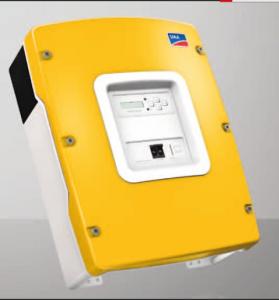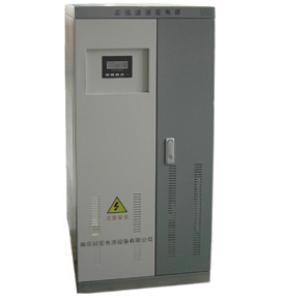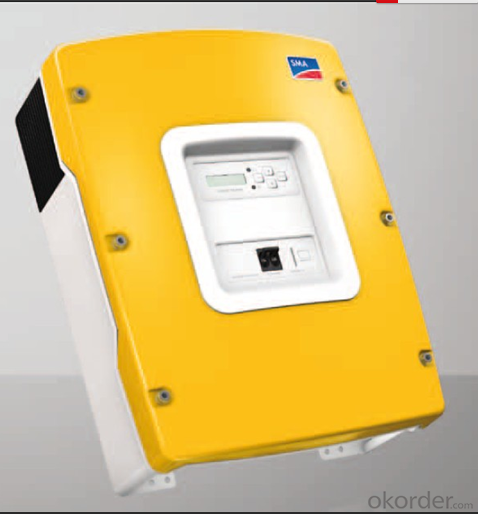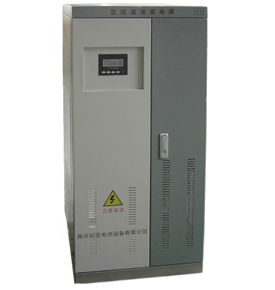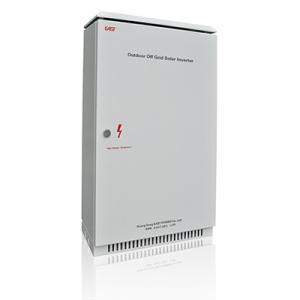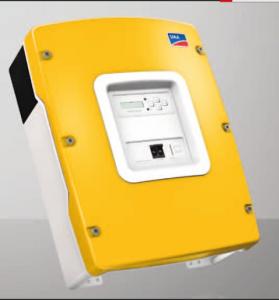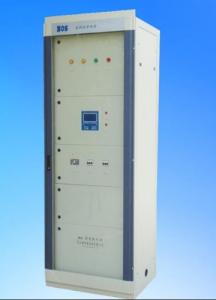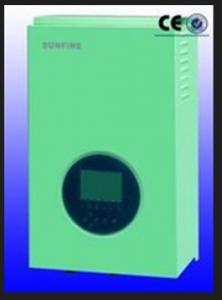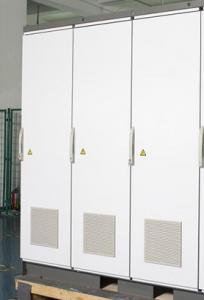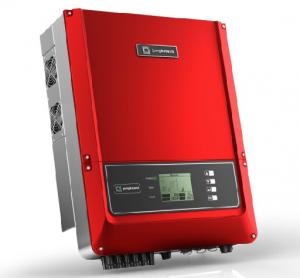Toroidal Solar Inverter PV Off-Grid Inverter GN-S-10KFS from China
OKorder Service Pledge
OKorder Financial Service
You Might Also Like
Description:
CNBMSOLAR is a world-leading and Vertical integrated manufacturer of high-performance with Silicon,
Wafer, Cells, Modules, which convert sunlight into electricity for residential, commercial, and utility-scale
power generation.
The capacity of CNBMSOLAR is reach to 1GW, and make sure each year our shipment capacity is more
Than 700-800MWs, at the same time, we have set up the largest solar power station with our partner
in Ukraine.
CNBM is a Quality + Service oriented company with“Excellence at Each Step” approach, composed of
the finest components from TUV and IEC-certified partners around the world, CNBM modules consistently
undergo a variety of trials at the company’s Test & Development Centre, ensuring peak performance
capabilities. The company is committed to develop and provide the world with clean and renewable energy
to ease the energy shortages as well as human kind’s impact on the environment.
Data:
'
Model | GN-□KFS□-□□V | ||
Rated Capacity(KVA) | 10 | ||
DC Input | Rated Voltage(VDC) | 216(VDC) | |
Low Voltage(VDC) | 194(VDC) | ||
Low Voltage Resume | 227(VDC) | ||
Load Overvoltage(VDC) | 300(VDC) | ||
Load Overvoltage Resume(VDC) | 297(VDC) | ||
Grid input | Input Voltage range | 220±15﹪(VAC) | |
Input frequency | 50±1(Hz) | ||
switching mode | 00、22、21 | ||
switching time | ≤10(ms) | ||
AC Output | output waveform | Sine wave | |
overload ability | 120% 1min | ||
output voltage | 220±3% | ||
Output frequency | 50±0.04(Hz) | ||
THD | ≤3℅(THD) | ||
Dynamic Response(0~100%) | 5% | ||
Inverter Efficiency | ≥90% | ||
Crest Coefficient(CF) | 3:1(CF) | ||
Continuous running time | Continuous running | ||
Display | LCD | ||
Content | DC voltage, dc current, voltage, utility line frequency, output voltage, output current, output frequency, output power | ||
Communication interface | RS232 | ||
Lightning protection device | NO | ||
Protection | Overcharge, over-discharge, overload, short circuit, reverse polarity, internal overheated protections, etc | ||
Dimensions(d\w\h mm) | 500*550*1200 | ||
Packing Size(d\w\h mm) | 590*640*1290 | ||
Reference weight(Kg) | 189 | ||
Protection class | IP20 | ||
Environment | Noisy(dB/meter) | ≤50 | |
Operating temperature(℃) | -20~+50(℃) | ||
Storage temperature(℃) | -25~+55(℃) | ||
Operating humidity | 0~95%(No condensation) | ||
Operating Altitude | ≤5000(m) | ||
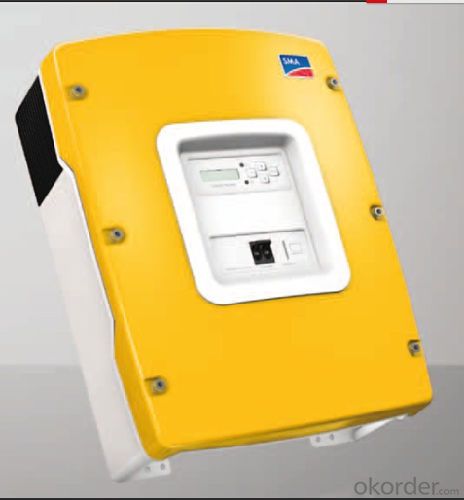
FAQ:Could you pls introduce more about CNBM?
CNBM Group is short for China National Building Materials Group Corporation, which is established in 1984 with approval from the State Council
CNBM Group is the largest comprehensive building materials industry group in China
The Group has a total asset of over RMB 360 billion, more than 180,000 employees and 17 subsidiaries
- Q: What are the common maintenance requirements for a solar inverter?
- Common maintenance requirements for a solar inverter typically include regular cleaning to remove dust and debris, checking and tightening electrical connections, inspecting for any signs of damage or wear, monitoring performance and output, and updating software or firmware as needed. Additionally, it is important to follow the manufacturer's guidelines and recommendations for maintenance to ensure optimal functionality and longevity of the solar inverter.
- Q: Can a solar inverter be used for both single-phase and three-phase applications?
- No, a solar inverter cannot be used for both single-phase and three-phase applications. The design and functionality of a solar inverter are specific to either single-phase or three-phase systems.
- Q: What is the purpose of a solar inverter in a solar power system?
- The purpose of a solar inverter in a solar power system is to convert the direct current (DC) electricity produced by the solar panels into alternating current (AC) electricity that can be used to power electrical devices in homes and businesses.
- Q: What is the role of a bypass switch in a solar inverter?
- The role of a bypass switch in a solar inverter is to provide an alternate path for the solar energy to flow in case of a fault or failure in the inverter. It allows the solar power to bypass the inverter and directly feed into the grid or another designated load, ensuring continuous power supply and preventing any disruptions in the system.
- Q: The function of photovoltaic grid - connected inverter
- After some additional voltage buffering, the left side of the bridge is usually 18 ~ 20khz switching frequency, the dc voltage is converted to ac voltage.
- Q: What is the difference between an on-grid and off-grid solar inverter?
- The main difference between an on-grid and off-grid solar inverter lies in their functionality and purpose. An on-grid solar inverter is designed to convert the direct current (DC) electricity generated by solar panels into alternating current (AC) electricity that can be fed into the electrical grid. This type of inverter is used in grid-tied solar systems, where excess energy can be sold back to the utility company, allowing homeowners to benefit financially. On the other hand, an off-grid solar inverter is used in standalone solar systems that are not connected to the electrical grid. It is responsible for converting the DC electricity produced by solar panels into AC electricity suitable for powering off-grid appliances and storing energy in batteries. Off-grid inverters often include additional features like battery charging and management to ensure reliable power supply in the absence of grid connection. In summary, while both on-grid and off-grid solar inverters convert DC to AC electricity, their purposes differ significantly. On-grid inverters enable homeowners to utilize the grid as a power storage and distribution system, while off-grid inverters are essential for self-sustaining solar systems that operate independently of the grid.
- Q: What maintenance is required for a solar inverter?
- Regular maintenance for a solar inverter typically includes visual inspections, cleaning, and ensuring proper ventilation. It is also important to monitor and clean the solar panels to prevent any shading or debris that could affect the overall performance of the inverter. Additionally, checking and tightening all electrical connections, as well as updating the firmware and software, may be necessary to ensure optimal functionality.
- Q: How does MPPT improve the efficiency of a solar inverter?
- MPPT (Maximum Power Point Tracking) improves the efficiency of a solar inverter by continuously adjusting the operating point of the solar panels to ensure they are producing maximum power. This is achieved by maximizing the voltage and current output of the panels, which allows the inverter to convert more of the available solar energy into usable electricity. By constantly tracking the maximum power point, MPPT ensures that the solar inverter operates at its highest efficiency, resulting in increased overall system efficiency and improved energy generation.
- Q: What are the common issues and troubleshooting steps for a solar inverter?
- Some common issues with solar inverters include no power output, low power output, display or communication errors, and overheating. Troubleshooting steps for these issues may involve checking the input voltage and connections, inspecting the DC and AC cables for damage, resetting the inverter, updating firmware or software, ensuring proper ventilation and cooling, and contacting technical support if necessary.
- Q: What is the role of galvanic isolation in a solar inverter?
- The role of galvanic isolation in a solar inverter is to provide electrical safety by separating the input and output circuits, preventing any direct electrical connection between them. This isolation helps protect the solar panels, the inverter, and the connected grid from potential electrical faults, such as ground faults or voltage surges. It also reduces the risk of electric shock and improves the overall performance and reliability of the solar inverter system.
Send your message to us
Toroidal Solar Inverter PV Off-Grid Inverter GN-S-10KFS from China
OKorder Service Pledge
OKorder Financial Service
Similar products
Hot products
Hot Searches
Related keywords
